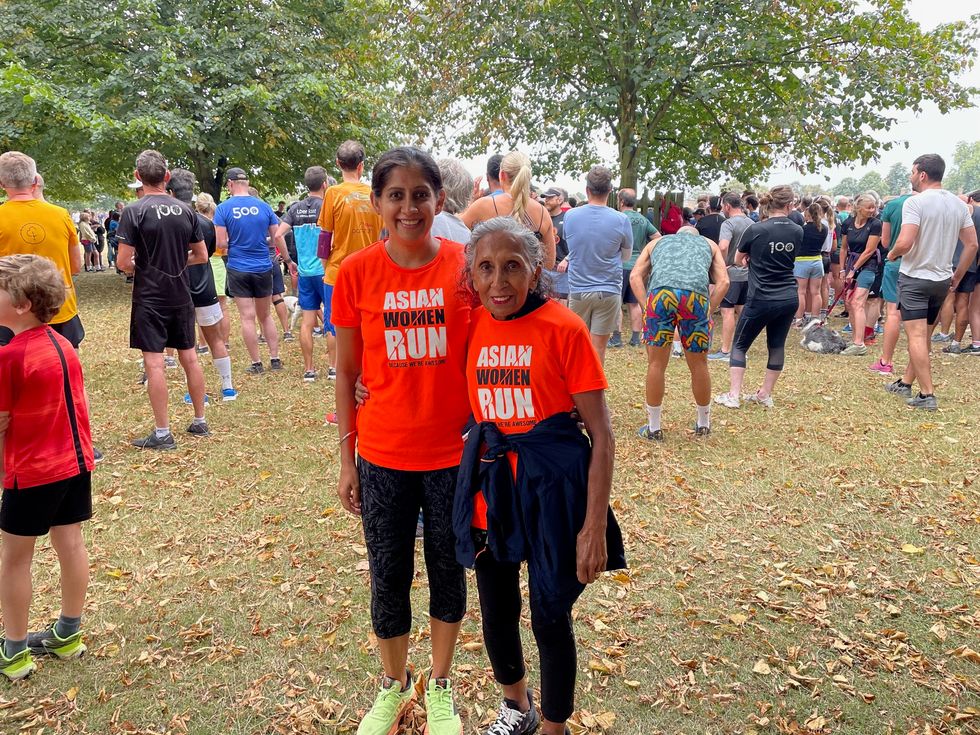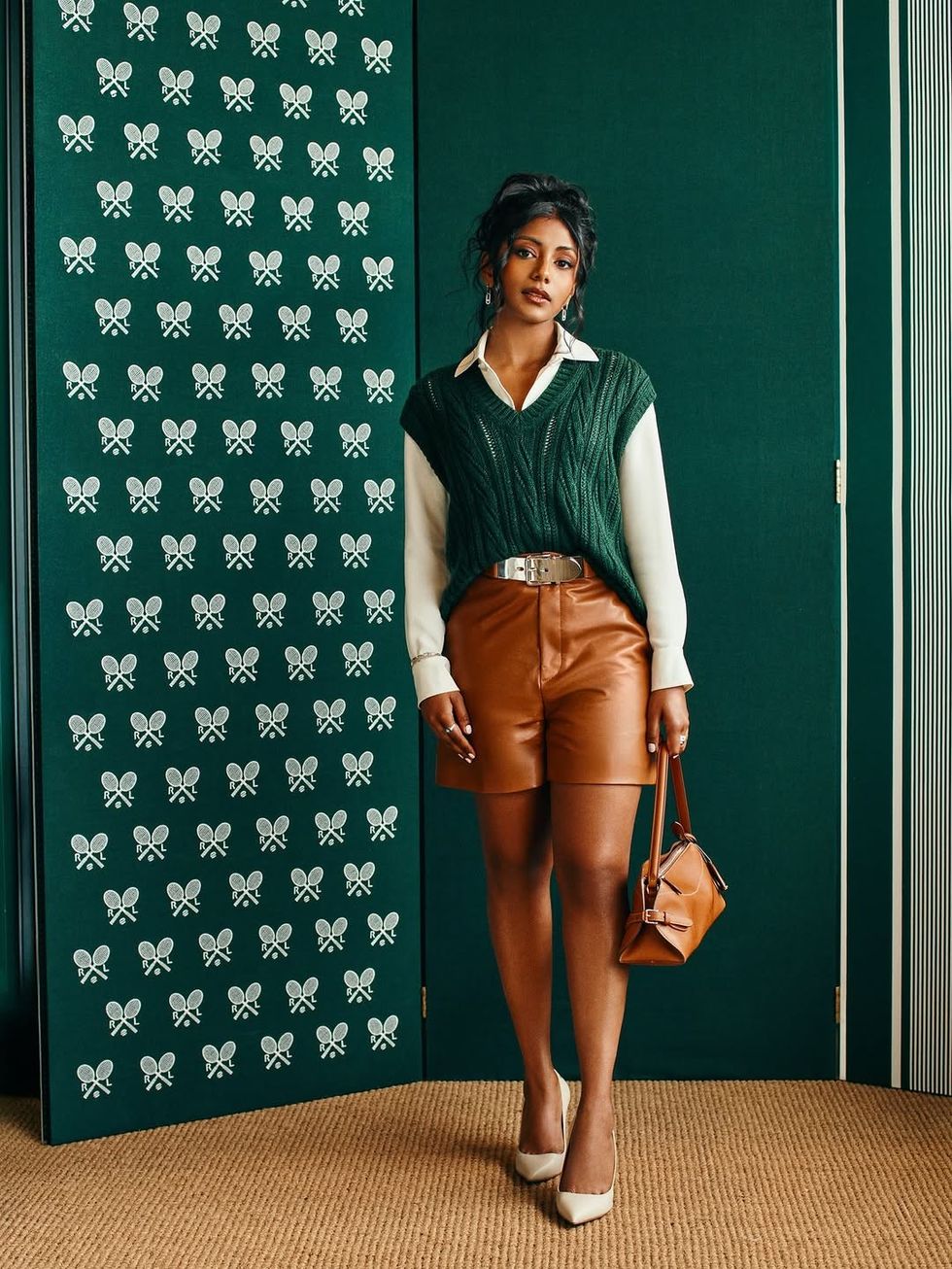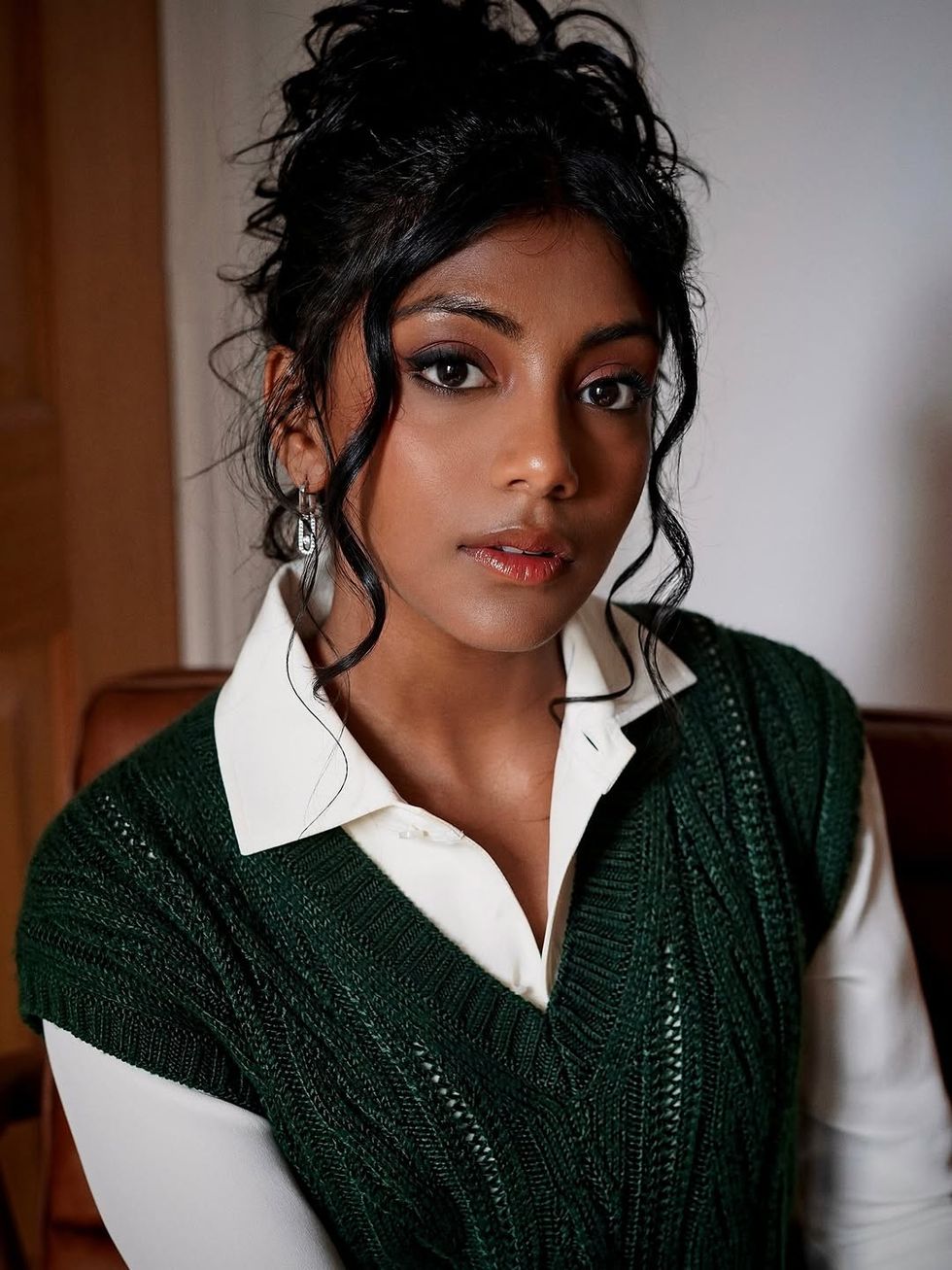by LAUREN CODLING
THE West Midlands mayor has praised ethnic groups for their compliance during the Covid-19 pandemic, saying it was a “strong reflection of the unity of communities” in the region.
The comments from Andy Street follow the release of new research, which showed that local authority areas which ranked higher for socio-economic deprivation in the West Midlands had higher rates of Covid- 19 related deaths.
This directly linked to ethnic groups, who are more likely to be on lower incomes, reside in deprived areas, and live in more crowded households.
The report, published by West Midlands Combined Authority (WMCA), added that there remained “significant unanswered questions” about the higher death rates in ethnic minority communities, and further research was “urgently” needed to understand this.
At a press briefing on the report last week, Street pointed out to Eastern Eye the level of compliance by BAME communities throughout the crisis. In recent months, ethnic groups were blamed for the spike in infections by far-right groups and some public figures, who said they were not adhering to guidelines. In July, Conservative MP Craig Whittaker suggested ethnic minorities were “not taking [the Covid-19 pandemic] seriously enough”.
Dismissing the “nonsense” reported by some news outlets, Street said local ethnic communities in the region had consistently adhered to the guidelines. “Our experience has been extremely good and I think that is a very strong reflection of the unity of our communities across the whole of the West Midlands,” Street said. “I am very proud to say compliance has been extremely good here. I think one of the reasons for that is a very good effort has been put into making sure that leaders of communities have actually had all the information and been able to share those stories.”
The WMCA report also found that healthcare workers had the highest health risk due to exposure to infection in the West Midlands. The black ethnic group had the largest proportion of their population working in this sector (33.6 per cent), followed by ‘other Asian backgrounds’ (18.9 per cent).
It also found that people working within transport were at higher risk, with the largest proportion of workers within the sector hailing from the Pakistani ethnic group (17.2 per cent.) This was followed by Bangladeshis (15.5 per cent).
Jobs facing the most instability were more likely to be occupied by BAME groups and the younger population, such as positions in retail and food services, the report said.
It additionally noted that the pandemic had “exposed and exacerbated” longstanding inequalities affecting BAME groups in the UK, including challenges faced as a result of systemic bias.
Experiencing discrimination and racism on a daily basis could affect physical and mental health, the study found. Dr Lola Abudu, deputy director for health and wellbeing for Public Health England (PHE), said it was vital to dispel myths associated with mental health in minority communities so people felt they could ask for help. She encouraged ethnic groups to access resources from PHE and local authorities, if they felt they were struggling.
“We have resources for all sorts of common mental health conditions, which really help to educate people about their own mental health and how they might be able to help other people,” Dr Abudu said. “We also have resources to enable parents and guardians to support children and young people.”
She urged people to take up physical activity, which she said made a “huge difference” to mental wellbeing. “We need to be encouraging those within our (ethnic minority) communities that are less likely to be physically active,” she said.
The study follows a PHE report in June, which found death rates from Covid-19 were highest among people of ethnic minority groups. It said those of Bangladeshi ethnicity had around twice the risk of death compared to white British people. People of Indian and Pakistani ethnicity had between 10 and 50 per cent higher risk of death when compared to their white counterparts, it added.
The WMCA report acts as an interim to the Health of the Region report due to be published later this year. The study will reflect on the implications of Covid-19 in relation to inequalities in health and wellbeing across the West Midlands.
















 Charithra Chandran styled her hair in soft curls for the Ralph Lauren outfitInstagram/
Charithra Chandran styled her hair in soft curls for the Ralph Lauren outfitInstagram/ Charithra’s look was inspired by her character Edwina Sharma from BridgertonInstagram/
Charithra’s look was inspired by her character Edwina Sharma from BridgertonInstagram/

